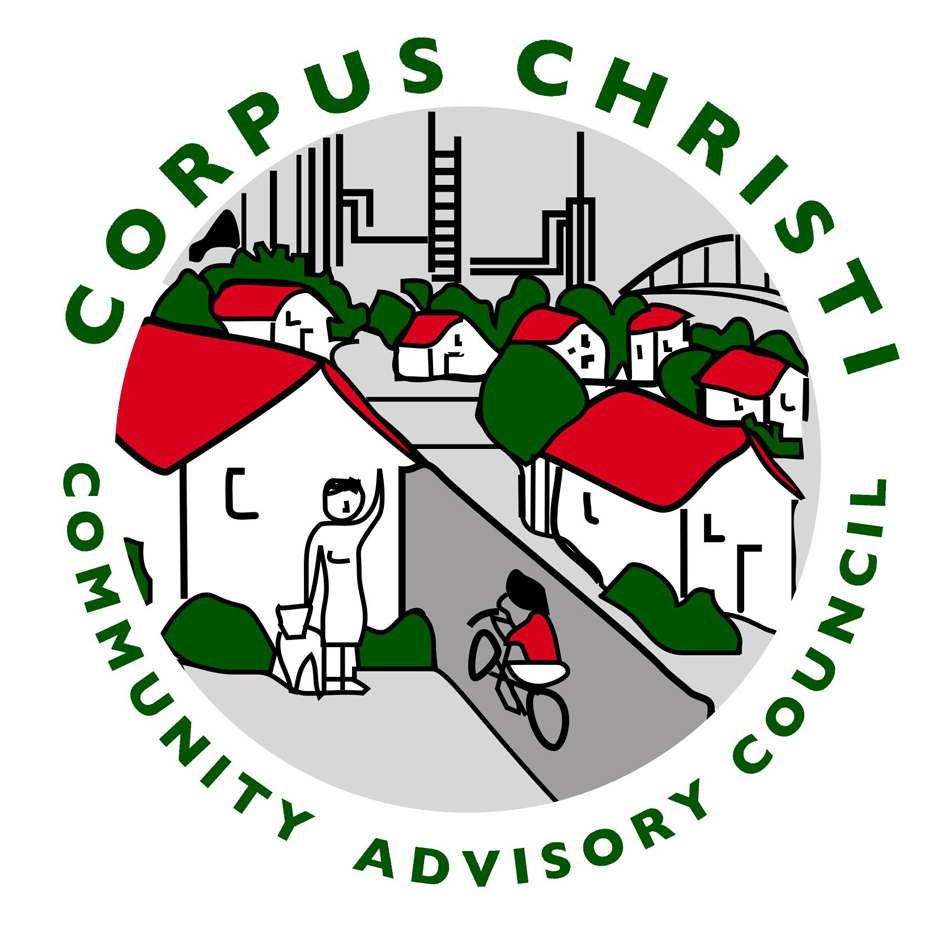Shelter in Place:
As part of your plan, you need to know two very important concepts: Shelter-in-Place and Evacuate.
Shelter-in-Place! Shelter-in-place is an action is often used during a chemical emergency or accident. When you Shelter-in-Place, you:
1. Stay inside. Stay in your home, business, school, or even your car.
2. Close all windows and doors. This helps keep the bad air out . . . and good air in!
3. Turn off your A/C, Heater, and fans. This helps to keep from bring in the bad outside air, and helps keep it from circulating throughout your home or building.
4. Turn on your Radio or T.V. (89.5) KLUX for more information
– Visit cclepc.org for more information.
Evacuate:
Another important concept to know is Evacuation.
If you decide to evacuate OR you are told by officials to evacuate, then it is important to remember:
1. Follow your Family (or Business) Emergency Plan. Know how to communicate with family members or co-workers. Know where to get more information about the emergency (i.e. Radio / T.V.)
2. Remember to take your Emergency Supply Kit.
3. Know where you are going and go straight there!
4. Make sure you know alternate routes to your destination in case your primary route is blocked or gridlocked.
– Visit cclepc.org for more information..
Fire Prevention Tips
– According to the National Fire Protection Association
Safety Tools (Industry):
Make sure to have a few essential supplies just in case you are asked to Shelter-in-place or Evacuate. Another important concept to know is Evacuation.
If you decide to evacuate OR you are told by officials to evacuate, then it is important to remember:
1. Follow your Family (or Business) Emergency Plan. Know how to communicate with family members or co-workers. Know where to get more information about the emergency (i.e. Radio / T.V.)
2. Remember to take your Emergency Supply Kit.
3. Know where you are going and go straight there!
4. Make sure you know alternate routes to your destination in case your primary route is blocked or gridlocked to a suggested Emergency Supply Kit checklist (by the Department of Homeland Security).
– Visit cclepc.org or reversealert.org for more information..
City & County offer the following tools for emergencies:
Call 826-INFO (4636)
NOAAA TV & Radio also offer safety information.

QUESTION, COMMENT, OR CONCERN? CONTACT US
We value community feedback as it is essential to the CCCAC’s success. Please share your thoughts or concerns, or direct your questions by contacting us.
Contact Us